Board "tapes"
Board tape recordings (a direct recording of the FOH PA mix) often sound different than the live mix, as the ratio of electronic to acoustic energy varies upon playback vs the live audience experience. This is further true with acoustic content and group or loose-miked content. It’s usually less true for close-miked productions. In smaller and medium size venues the FOH mix balance is almost certainly incorrect for audio recordings (and any audience outside of the live room) and becomes more accurate in very large spaces. Board tapes can most closely emulate the live audience experience when the sound reinforcement system is ideal for the venue and expertly deployed in an acoustically appropriate space. But that’s not often the case…
Take the perspective of a listener hearing a live band in a small room, including drums and horns. What balance is he hearing? And how much of those elements are the reinforced sound (PA) vs the acoustic portion of his experience? He may hear cymbals and horns 100% acoustically, even if they are totally removed from the PA mix, or some balance between the two (which often creates time arrival issues for the listener, and managing that is a different topic).
Consider the case of a good live mix (from the audience perspective) but the audio playback is disappointing and surprising. Why is it out of balance? “My mix sounded great live! But it sucks on playback?” Why?
1) the playback is only the electronic portion of the live mix. It’s a mix minus (minus the acoustical portion, which is sometimes a huge part of the live experience).
2) the blend/musical balance of instruments may actually be skewed because the foh mixer was (hopefully!) mixing from the middle of the audience and judged those balances by ear. Louder sources naturally require PA reinforcement.
3) the recording and PA mix may be different audio formats (mono, stereo, multichannel) or different resolutions.
A warning: playback by anyone other than the FOH mixer may be misunderstood and might unfairly reflect on his or her mixing ability. That’s unfortunate and INCREDIBLY ineffective to tell a non-audio person “well, what you’re hearing is not actually my live mix.” Since they often don’t understand the technical issues at play, they really don’t get it. They just know what they hear upon playback.
Ideally, audio recording is mixed completely independent of FOH in a separate monitoring environment (proper control room) not influenced by the live venue experience. Or, better, it’s remixed in post production. But there are still methods for creating a better live recording at FOH than simply recording the main PA mix:
1) use a discrete auxiliary bus in the FOH desk with headphone monitoring to properly balance the recorded mix independent of the PA, venue, and audience.
2) use a matrix bus to record and rebalance audio groups with headphone monitoring on the fly.
3) add well placed ambient mics to the record path to provide a realistic sense of the live room experience, with headphone monitoring. Care must be taken to NOT route these to the PA😊.
Role of microphone technique:
There are close miking and loose or group miking techniques for live sound reinforcement. In close miking, we place each microphone extremely close to the sound source, usually to maximize gain before feedback and/or reduce leakage of nearby sounds. And we use directional mic patterns. This method offers the most balance control at the desk and is very common in modern drums, vocals, and more. Group miking is a method that places mics in the best position to get the most natural sound of the source and some of its natural room/space. Or, the natural balance of a group of sounds (such as a violin section or choir). This method provides less balance control at the console and sometimes allows more leakage. Both techniques are useful, and both are a trade-off between control and natural sound. Each sounds completely different and requires different engineering techniques. But both can sound great or both can sound awful.
Microphone selection and placement is as much of the mixing process as driving the console itself. In close miking, the electronic signal is nearly 100% isolated. When it comes to board mixes, miking technique plays a huge factor in whether the recorded balance is similar to the live experience or very different. The balance of a completely close miked production will most closely match the recorded “board tape’.
